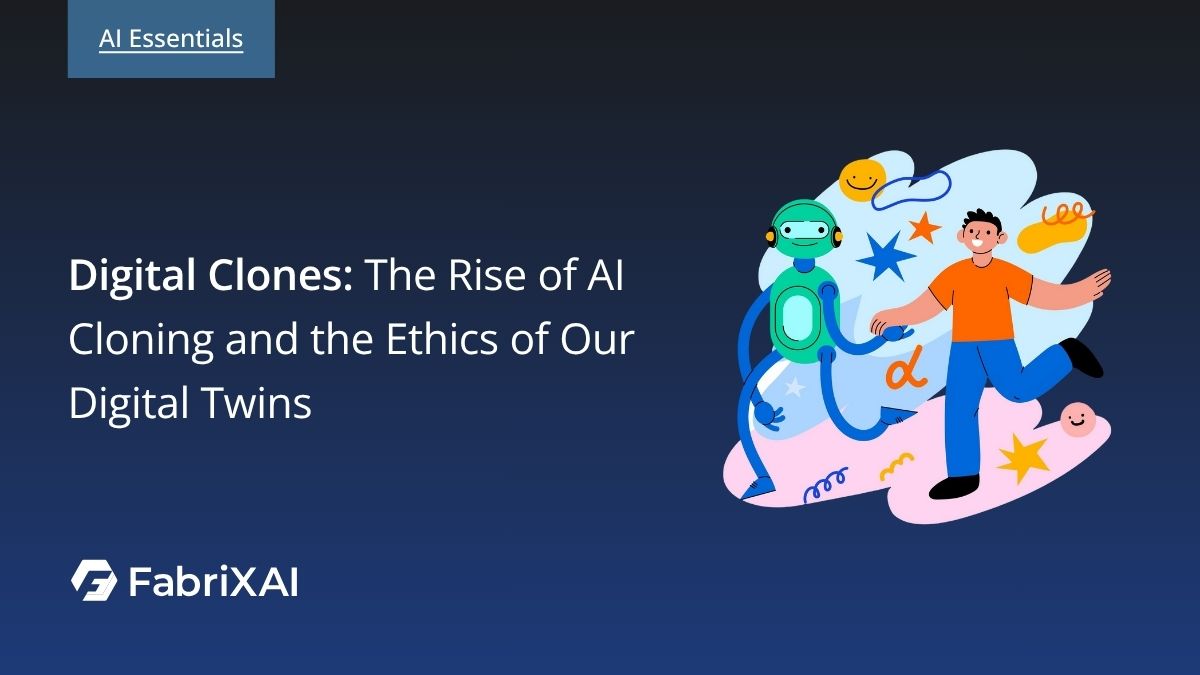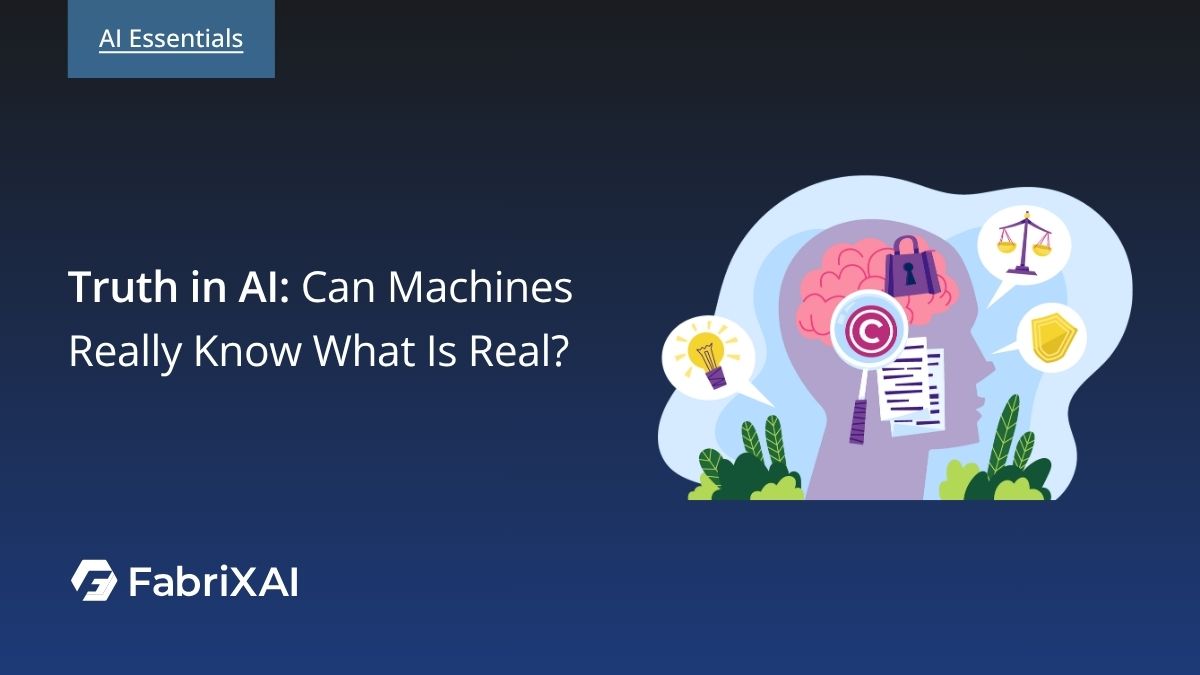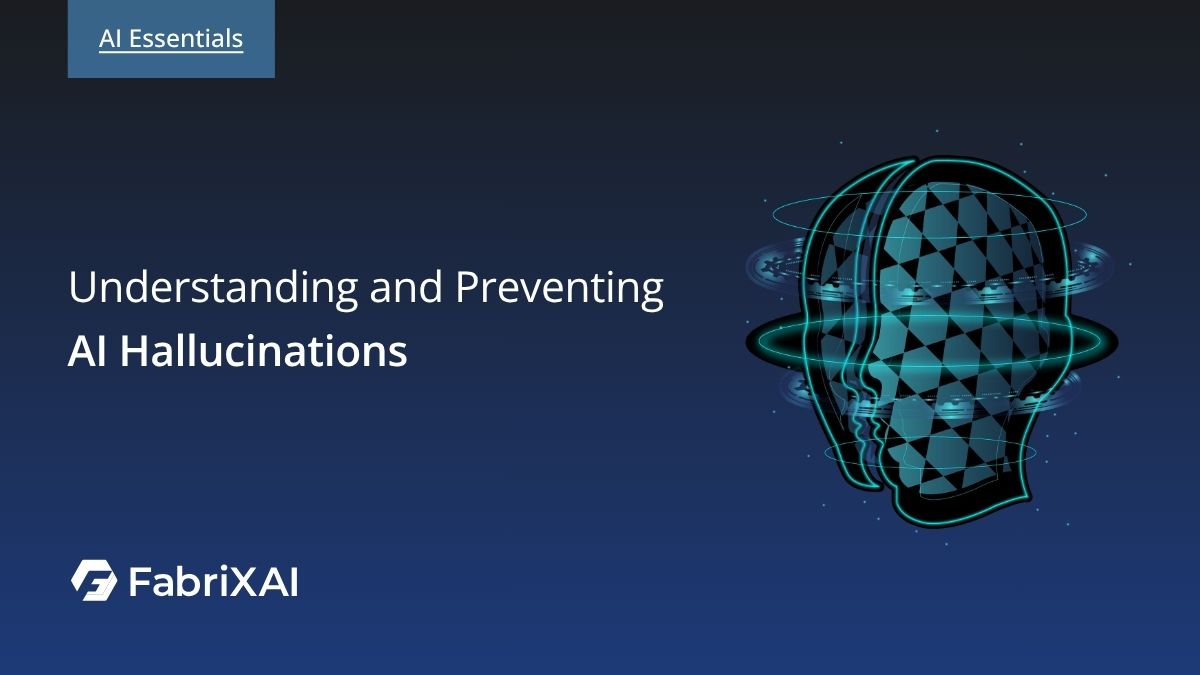Digital Clones: The Rise of AI Cloning and the Ethics of Our Digital Twins

In a world increasingly shaped by artificial intelligence, the line between human and machine identity is blurring. From AI avatars that mimic our voices to digital twins that replicate our behavior and decision making patterns, we are witnessing the birth of a new frontier: AI cloning.
As these intelligent reflections of ourselves evolve, our thinking about AI ethics, data ownership, and consent management must evolve too. Who owns your digital likeness? What happens if someone creates your clone without your permission? And how do we protect society from deepfake risks that could undermine trust in what we see and hear?
Let us explore this fascinating and sometimes unsettling intersection of innovation and responsibility.
Understanding AI Cloning: The Digital Self, Reimagined
AI cloning refers to the use of machine learning models to replicate aspects of a person’s identity, such as their voice, face, personality, or decision making patterns. Unlike traditional avatars or generic chatbots, AI clones are personalized digital representations built from real data about an individual.
Common Forms of AI Cloning
- Voice Cloning: AI systems like ElevenLabs and OpenAI Voice Engine can generate speech that is almost indistinguishable from a person’s real voice, often using only a few seconds of audio.
- Facial Cloning and Deepfakes: Generative adversarial networks (GANs) can create highly realistic video that overlays one person’s face onto another’s body.
- Behavioral Twins: Advanced digital twins model human decision making and are used in areas such as health, finance, and leadership simulations.
- AI Avatars: Visual and conversational AI entities that mirror an individual’s personality, often used in marketing, entertainment, and education.
These technologies are powerful drivers of creativity and convenience, but they also carry serious implications for privacy, consent, and digital autonomy.
The Promise: Innovation Through AI Cloning
AI cloning is not inherently harmful. In fact, it has the potential to transform how we interact with technology, how businesses operate, and how we preserve knowledge and memory.
1. Enhanced Human Computer Interaction
Digital twins and AI avatars can make our interactions with technology feel more natural. Imagine speaking to a digital assistant that understands your tone, habits, and preferences, and that can act on your behalf like a virtual extension of yourself.
2. Healthcare and Personalized Medicine
AI driven digital twins can simulate a patient’s physiological and behavioral data. This allows doctors to explore different treatment options, anticipate outcomes, and make more personalized medical decisions.
3. Education and Knowledge Preservation
Imagine an AI avatar of Einstein explaining relativity in his own voice, or a historian’s digital twin answering students’ questions long after the historian has passed away. AI cloning can preserve expertise and make it accessible for future generations.
4. Customer Experience and Business Applications
Brands are already using AI avatars to provide customer support or tailored marketing experiences that match a user’s emotional and linguistic profile. This can offer personalized interaction without overwhelming human teams.
These benefits show why AI cloning has captured the attention of researchers and businesses. At the same time, great digital power comes with great digital responsibility.
The Downsides: Deepfake Risks, Identity Theft, and Misinformation
The potential of AI cloning is matched by its ethical and societal risks. The same tools that can replicate us for positive uses can also be turned against us.
1. Deepfake Misinformation
Deepfake videos are AI generated clips that convincingly mimic real people. They threaten political stability, journalism, and personal reputation. When we can no longer trust video and audio as evidence, trust in media and institutions begins to erode.
2. Identity Theft and Impersonation
Voice and face cloning can be used to impersonate individuals for fraud or manipulation. Criminals have already used cloned voices to trick organizations into transferring funds or sharing confidential information.
3. Consent Violations
Many AI clones are created without explicit permission from the person being replicated. This raises urgent questions about consent management and how individuals can give, track, or withdraw permission for the use of their likeness and personal data.
4. Psychological and Societal Impacts
AI cloning challenges our understanding of authenticity, identity, and even mortality. What does it mean if your digital self continues to speak and act after your death, or behaves in ways you never would?
The Ethics of AI Cloning: Where Should the Line Be Drawn?
Ethical AI frameworks emphasize principles such as autonomy, transparency, justice, and non maleficence (doing no harm). When applied to AI cloning, these principles demand strong safeguards.
1. Consent and Data Control
At the heart of ethical AI cloning lies informed consent. Individuals should know:
- What data is being collected (voice, images, text, behavioral data)
- How that data will be used (training, deployment, resale, or licensing)
- How long data will be retained
- How to withdraw consent and have data deleted or usage stopped
Consent management systems must evolve to offer fine grained controls over each person’s digital identity.
2. Transparency and Explainability
People deserve to know when they are interacting with an AI clone instead of a human. Clear labeling, such as “This is an AI generated replica”, and explainable AI systems help maintain trust and prevent deception.
3. Accountability and Governance
Organizations that develop or deploy AI cloning technologies must put accountability mechanisms in place. This can include audit logs, ethical review boards, impact assessments, and clear lines of responsibility for accidental or malicious misuse.
4. Fairness and Bias Prevention
AI clones trained on biased or incomplete data can reinforce stereotypes or misrepresent individuals. For example, if a voice model performs poorly on certain accents, it can marginalize those speakers or distort their identity.
5. Privacy and Data Minimization
Digital cloning often relies on intimate and sensitive personal data. Ethical practice requires data minimization (collecting only what is necessary), secure storage, and compliance with privacy regulations such as GDPR or CCPA.
Data Ownership: Who Owns Your Digital Reflection?
One of the most complex questions in AI ethics concerns data ownership. When your likeness or behavior is replicated digitally:
- Do you own that clone?
- Does the company that built it own the rights?
- What happens if your data is used to train models that generate commercial value for others?
Legal systems are still catching up. Copyright laws protect creative works, but they often do not directly cover personal data or digital likenesses. This gap leaves many users exposed.
Some experts propose treating digital identity as a form of intellectual property, granting individuals ownership rights over their AI clones. Others argue for a “data stewardship” model, where organizations act as custodians, not owners, of personal data.
Until stronger legal protections are in place, ethical self regulation and responsible AI design are crucial defenses.
Building a Framework for Ethical AI Cloning
To navigate these challenges, organizations and developers can adopt a Responsible AI Cloning Framework: a roadmap that balances innovation with protection.
1. Establish Clear Consent Workflows
Implement digital consent dashboards that allow individuals to:
- See where and how their likeness is being used
- Grant or revoke permissions in real time
- Set limits, such as “no political content” or “no use in advertising”
2. Implement Transparency by Design
Use watermarking and traceable metadata to tag AI generated media. Communicate clearly when users are interacting with synthetic content or digital clones.
3. Ensure Fair and Secure Data Handling
Adopt privacy preserving techniques such as differential privacy, federated learning, and data anonymization. These methods help protect personal data while still enabling AI innovation.
4. Develop Ethical Governance Structures
Create ethics committees or Responsible AI boards to review AI cloning projects. Require documentation of anticipated harms, mitigation strategies, and residual risks before deployment.
5. Educate Users and Stakeholders
Ethical AI is a shared responsibility. By educating users, employees, and partners about the capabilities and risks of digital clones, organizations can encourage more informed behavior and better digital citizenship.
The Role of Regulation: Toward an Ethical Digital Future
Governments and regulators are beginning to respond:
- The EU AI Act classifies AI systems by risk level and places strict requirements on deepfakes and biometric systems.
- In the United States, proposals such as the “No Fakes Act” aim to penalize unauthorized digital replicas of public figures.
- China’s deep synthesis regulations require labeling and consent for AI generated media.
However, laws alone are not enough. Ethical design must be built into AI systems from the earliest research stages through to deployment and monitoring.
As AI cloning continues to advance, proactive governance and cross sector collaboration will be essential to protect human dignity in the digital era.
Looking Ahead: Redefining Humanity in the Age of AI Cloning
AI cloning pushes us to confront deep philosophical questions. If our thoughts, voices, and decisions can be simulated, what remains uniquely human? The answer may lie not in the data we produce, but in the moral choices we make about how that data is used.
Responsible AI is not about rejecting technology. It is about shaping technology to reflect our best values. By prioritizing ethics, consent, and respect for human autonomy, we can ensure that our digital twins serve humanity rather than replace it.
Key Takeaways
- AI cloning and digital twins are powerful tools for personalization and simulation, but they also introduce serious ethical and privacy concerns.
- Deepfake risks demonstrate the need for transparency, consent, and robust governance.
- Data ownership and control over digital likenesses must be rethought in an era where identity itself can be replicated.
- Responsible AI frameworks that emphasize fairness, consent, accountability, and privacy are essential for sustainable innovation.
- Users deserve control over their digital selves, including clear ways to opt in and opt out of AI cloning systems.
Frequently Asked Questions
Q1. What exactly is AI cloning?
AI cloning is the process of creating a digital replica of a person’s voice, face, personality, or behavior using artificial intelligence. These clones can power AI avatars, simulate conversations, or act as lifelike digital doubles in areas such as education, customer service, or entertainment.
Q2. How is a digital twin different from an AI clone?
A digital twin usually models a real world entity, such as a machine, process, or person, in order to analyze and predict performance. An AI clone focuses more on imitating a person’s identity and behavior. In simple terms: a digital twin predicts, while an AI clone imitates.
Q3. Are AI avatars and digital clones dangerous?
They are not inherently dangerous. AI avatars can enhance creativity, accessibility, and communication. However, when they are created without consent, or used for malicious purposes such as deepfakes or impersonation, they can cause serious harm. Ethical use depends on transparency, consent, and strong governance.
Q4. How can I protect myself from unauthorized AI cloning?
- Be cautious about sharing high resolution videos or long audio recordings publicly.
- Use digital watermarking or authentication tools when publishing media.
- Support platforms and services that follow strong consent management and data protection policies.
- Stay informed about your legal rights under privacy regulations such as GDPR or CCPA.
Q5. What steps can companies take to ensure ethical AI cloning?
Companies should:
- Obtain explicit consent before collecting or using personal data for cloning.
- Clearly label AI generated content and digital clones.
- Conduct ethical and risk impact assessments prior to deployment.
- Adopt privacy preserving technologies to protect personal data.
- Implement internal governance, including policies, training, and audit mechanisms.
Final Thoughts
AI cloning and digital twins capture both the wonder and the warning of our technological age. As we step into a future filled with intelligent reflections of ourselves, one principle stands out: our responsibility must advance as quickly as our innovation.
The future of AI ethics is not only about machines understanding humans. It is about humans understanding the consequences of the machines we build, and choosing to design them with care.



